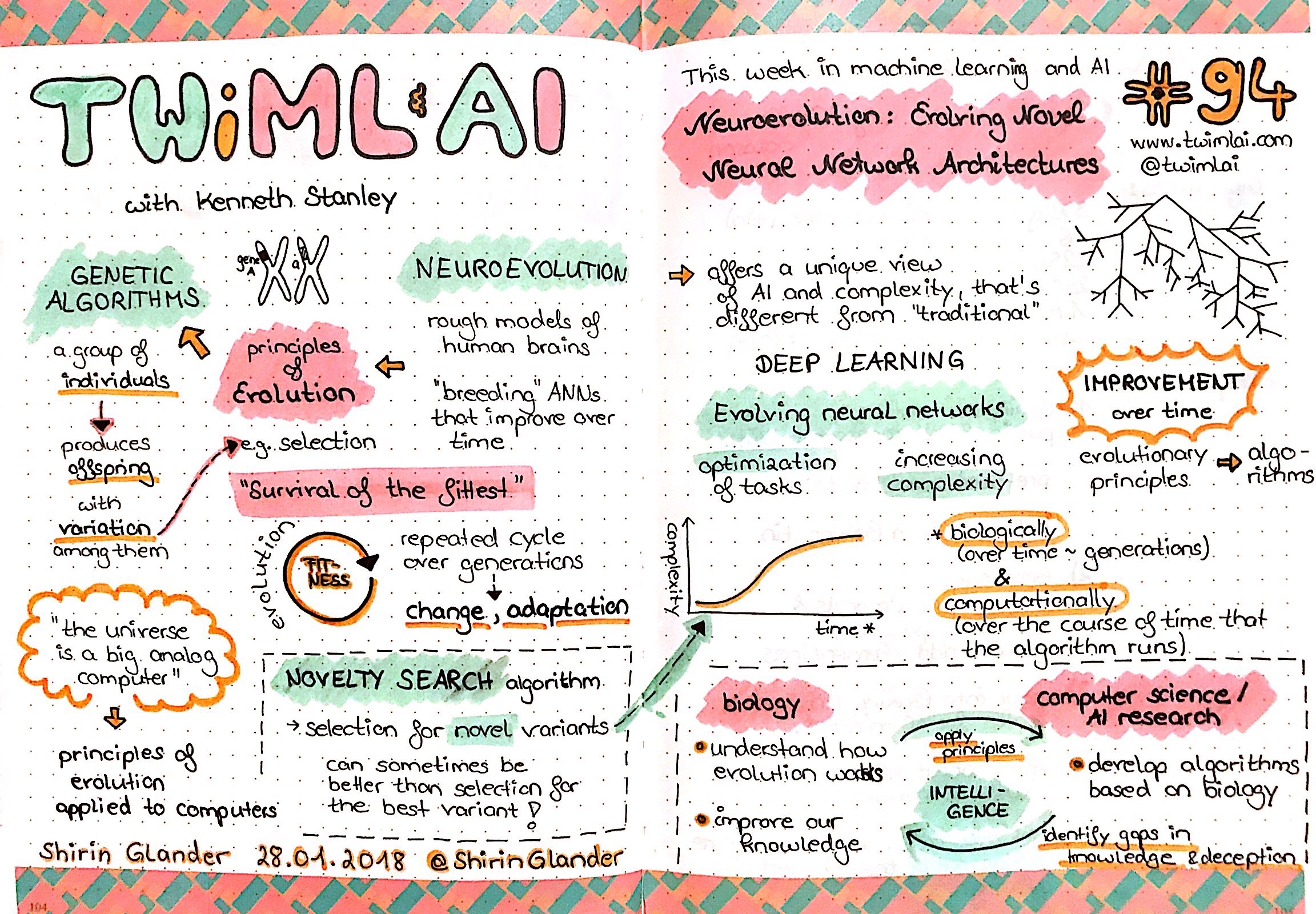
Despite advancements in AI technology, there is still no agreement on the nature and philosophy behind artificial intelligence. Intelligence can be described as computational. Current technology is able to produce strong AI that is at least equal in power to Turing and Register. While strong AI may have a philosophical claim, it is not AI philosophy per se. Let's look at some key concepts and questions when we discuss the nature of AI.
Arguments in support of the basic premise
Turing, without proving it, stated in 1950 that the human intellect had no limits. Turing argued that the human intellect's knowledge of mathematics truths was Godel-unlimited. To achieve this, we must show that we are incapable of innately limiting our minds. Without Godel-unlimited mathematical ability and rule-free flexibility, it is impossible that a machine can be created with such comprehensiveness. Then we can question whether machines can also be enhanced by human solutions.

Logicist approach
The Logicist approach in artificial intelligence focuses on building machines that can make rational choices. The term "rationality" refers to the ability to act given beliefs and the means to achieve them. An agent is a person who perceives and takes action to attain a desired result. Although this view is popular for studying artificial intelligence, it has its limitations. In this book, I will briefly outline some of my main points regarding the Logicist approach for artificial intelligence.
Probabilistic approach
A probabilistic approach is a powerful way to improve artificial intelligence. The probabilistic approach to machine learning is more insightful and beneficial than the statistical approach. Machine learning algorithms use a statistical model for making decisions. A probabilistic approach to artificial intelligence is a normative model that has many conceptual advantages over alternative models. For example, Cox axioms describe the desiderata for beliefs and require belief degrees to conform to probability laws. Also, someone who believes in a certain event's probability is a true believer.
Asimov's robot laws
Asimov's philosophy of artificial intelligence begins by examining the first law of robotics, which states that robots must act in the interests of humanity. This law is ambiguous, especially when it applies to a military role. Although robots can be used for killing humans, Asimov notes that this is not a comprehensive definition. Some robotics departments are looking at molecular and armed devices.

Recent research on AI
Recent years have seen a surge in interest in philosophical aspects of AI, as well as the rapidly expanding field of data science. Philosophy, AI and Society Consortium is a consortium of philosophers from many disciplines. The topics covered are varied and timely. The group has many aims. These include mentoring Ph.D. students as well early career researchers. The group hosts an annual PAIS conference, a doctoral colloquium, and regularly holds philosophy research workshops to grow the field. PAIS will update you on the latest developments in the field via Twitter.
FAQ
How does AI work?
An algorithm refers to a set of instructions that tells computers how to solve problems. An algorithm is a set of steps. Each step has a condition that determines when it should execute. The computer executes each step sequentially until all conditions meet. This repeats until the final outcome is reached.
Let's take, for example, the square root of 5. If you wanted to find the square root of 5, you could write down every number from 1 through 10. Then calculate the square root and take the average. This is not practical so you can instead write the following formula:
sqrt(x) x^0.5
This is how to square the input, then divide it by 2 and multiply by 0.5.
A computer follows this same principle. It takes your input, multiplies it with 0.5, divides it again, subtracts 1 then outputs the result.
How do you think AI will affect your job?
AI will replace certain jobs. This includes jobs such as truck drivers, taxi drivers, cashiers, fast food workers, and even factory workers.
AI will bring new jobs. This includes data scientists, project managers, data analysts, product designers, marketing specialists, and business analysts.
AI will make your current job easier. This includes jobs like accountants, lawyers, doctors, teachers, nurses, and engineers.
AI will make jobs easier. This includes agents and sales reps, as well customer support representatives and call center agents.
Is Alexa an Ai?
The answer is yes. But not quite yet.
Alexa is a cloud-based voice service developed by Amazon. It allows users interact with devices by speaking.
The Echo smart speaker, which first featured Alexa technology, was released. Other companies have since used similar technologies to create their own versions.
These include Google Home, Apple Siri and Microsoft Cortana.
How does AI impact work?
It will revolutionize the way we work. We can automate repetitive tasks, which will free up employees to spend their time on more valuable activities.
It will enhance customer service and allow businesses to offer better products or services.
This will enable us to predict future trends, and allow us to seize opportunities.
It will allow organizations to gain a competitive advantage over their competitors.
Companies that fail to adopt AI will fall behind.
What is the role of AI?
To understand how AI works, you need to know some basic computing principles.
Computers save information in memory. Computers process data based on code-written programs. The code tells the computer what it should do next.
An algorithm is a set of instructions that tell the computer how to perform a specific task. These algorithms are usually written as code.
An algorithm is a recipe. A recipe may contain steps and ingredients. Each step may be a different instruction. An example: One instruction could say "add water" and another "heat it until boiling."
Which industries are using AI most?
Automotive is one of the first to adopt AI. BMW AG uses AI for diagnosing car problems, Ford Motor Company uses AI for self-driving vehicles, and General Motors uses AI in order to power its autonomous vehicle fleet.
Banking, insurance, healthcare and retail are all other AI industries.
How does AI work?
An artificial neural networks is made up many simple processors called neuron. Each neuron takes inputs from other neurons, and then uses mathematical operations to process them.
Layers are how neurons are organized. Each layer performs an entirely different function. The raw data is received by the first layer. This includes sounds, images, and other information. It then passes this data on to the second layer, which continues processing them. Finally, the last layer generates an output.
Each neuron has an associated weighting value. This value gets multiplied by new input and then added to the sum weighted of all previous values. If the number is greater than zero then the neuron activates. It sends a signal down the line telling the next neuron what to do.
This process continues until you reach the end of your network. Here are the final results.
Statistics
- That's as many of us that have been in that AI space would say, it's about 70 or 80 percent of the work. (finra.org)
- A 2021 Pew Research survey revealed that 37 percent of respondents who are more concerned than excited about AI had concerns including job loss, privacy, and AI's potential to “surpass human skills.” (builtin.com)
- In the first half of 2017, the company discovered and banned 300,000 terrorist-linked accounts, 95 percent of which were found by non-human, artificially intelligent machines. (builtin.com)
- In 2019, AI adoption among large companies increased by 47% compared to 2018, according to the latest Artificial IntelligenceIndex report. (marsner.com)
- The company's AI team trained an image recognition model to 85 percent accuracy using billions of public Instagram photos tagged with hashtags. (builtin.com)
External Links
How To
How to set-up Amazon Echo Dot
Amazon Echo Dot can be used to control smart home devices, such as lights and fans. To start listening to music and news, you can simply say "Alexa". You can ask questions, make phone calls, send texts, add calendar events, play video games, read the news and get driving directions. You can also order food from nearby restaurants. Bluetooth speakers or headphones can be used with it (sold separately), so music can be played throughout the house.
You can connect your Alexa-enabled device to your TV via an HDMI cable or wireless adapter. If you want to use your Echo Dot with multiple TVs, just buy one wireless adapter per TV. You can pair multiple Echos together, so they can work together even though they're not physically in the same room.
These are the steps you need to follow in order to set-up your Echo Dot.
-
Turn off the Echo Dot
-
You can connect your Echo Dot using the included Ethernet port. Make sure the power switch is turned off.
-
Open Alexa for Android or iOS on your phone.
-
Select Echo Dot to be added to the device list.
-
Select Add a new device.
-
Select Echo Dot (from the drop-down) from the list.
-
Follow the on-screen instructions.
-
When prompted, type the name you wish to give your Echo Dot.
-
Tap Allow access.
-
Wait until the Echo Dot successfully connects to your Wi Fi.
-
You can do this for all Echo Dots.
-
You can enjoy hands-free convenience